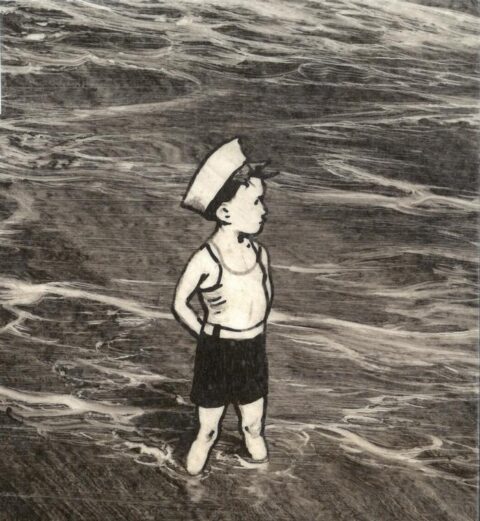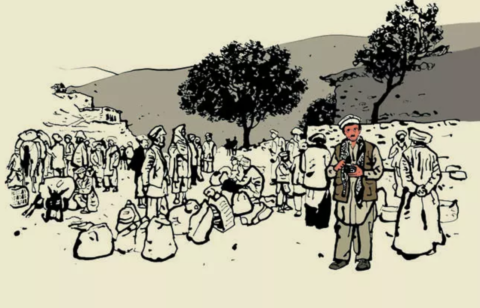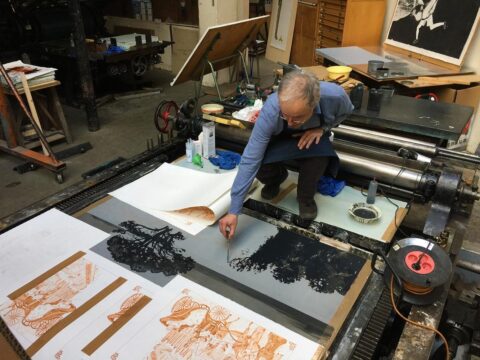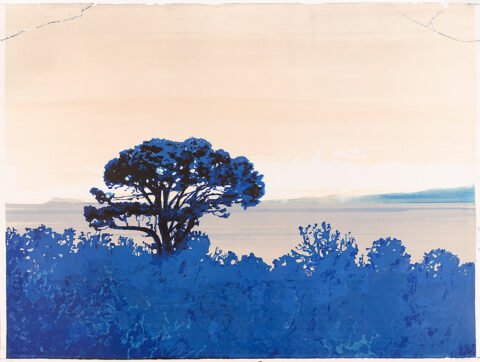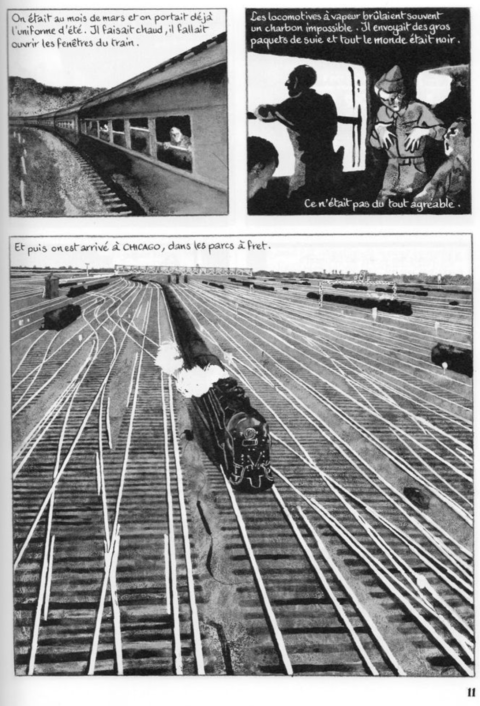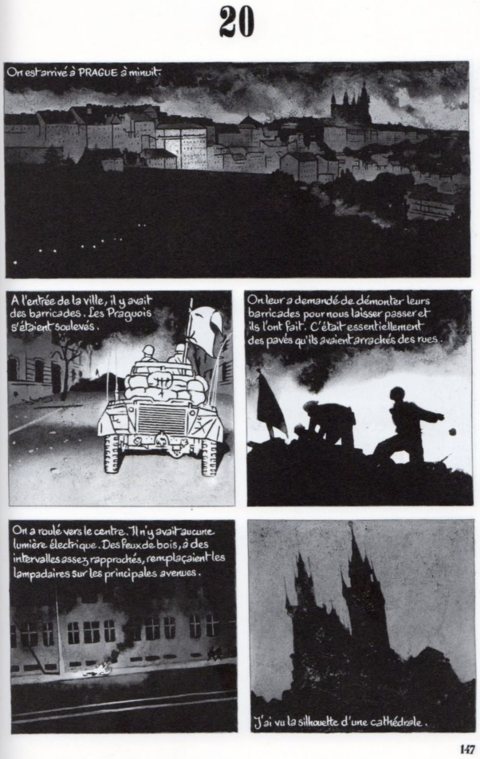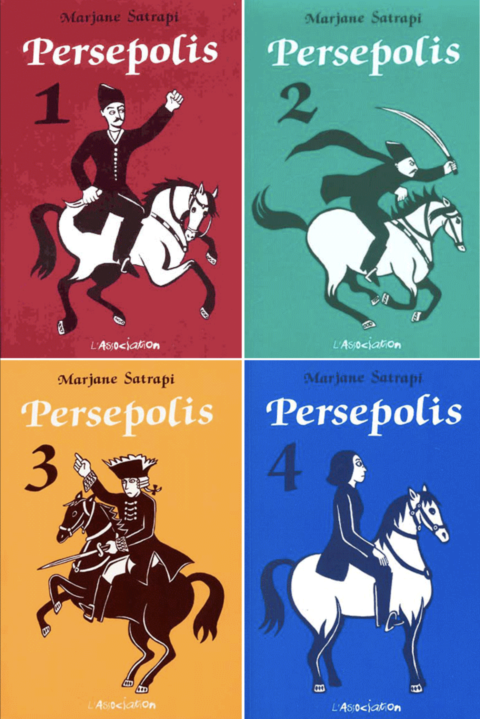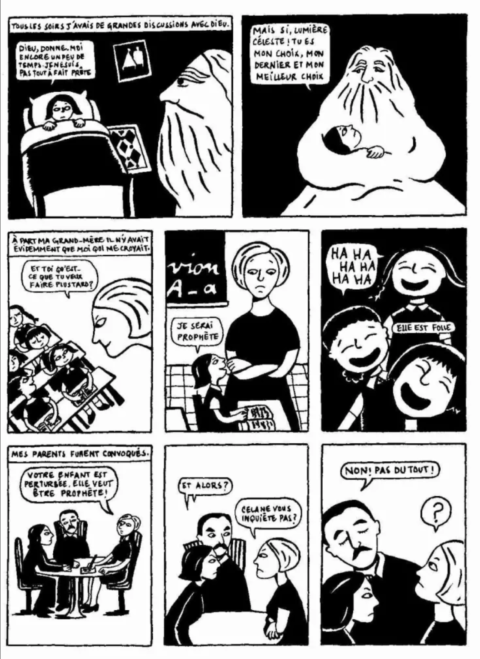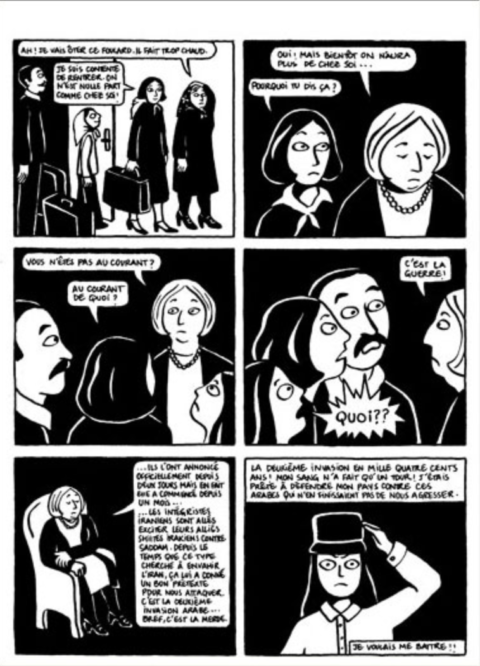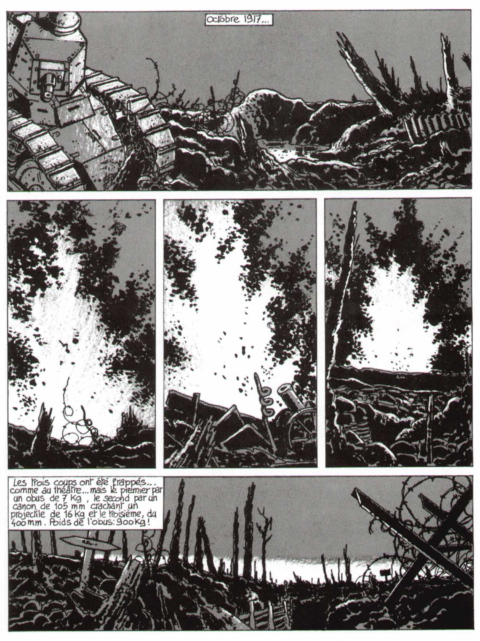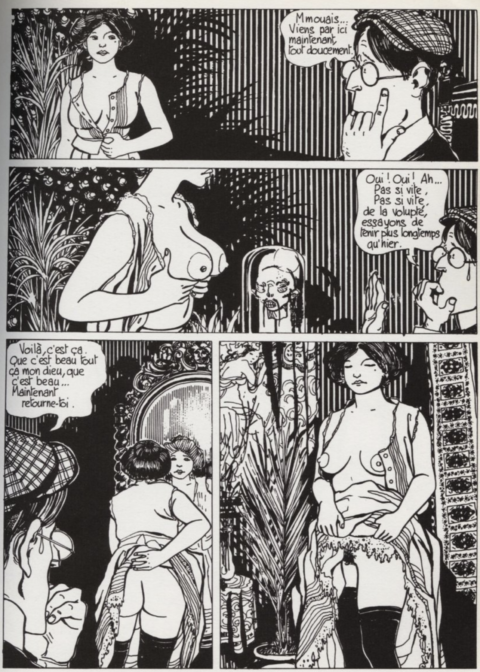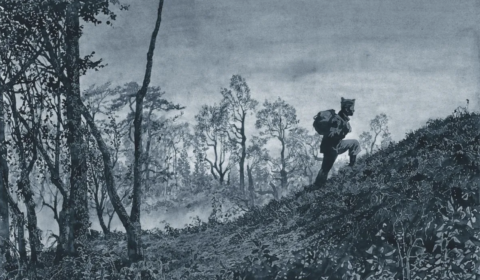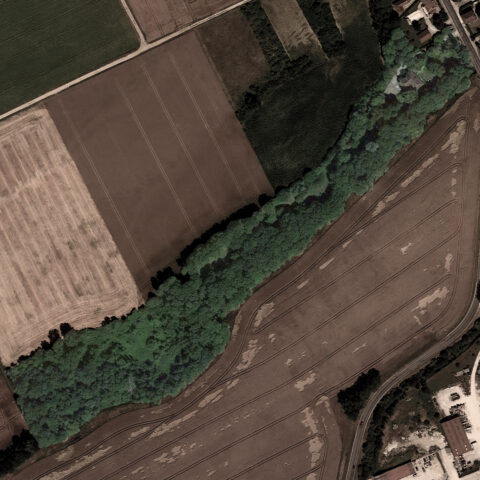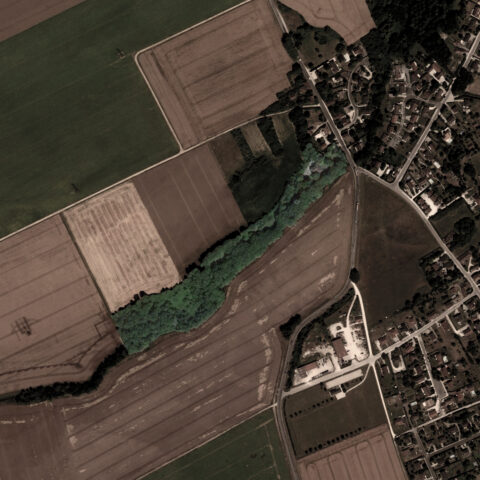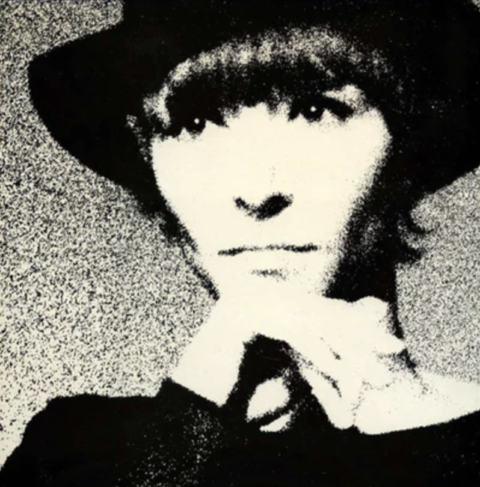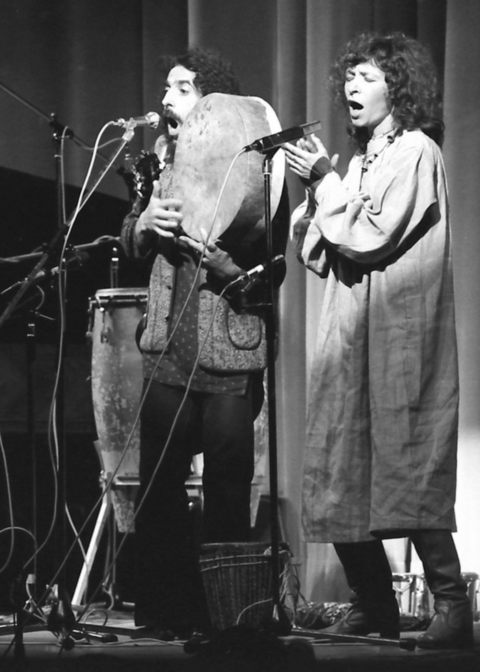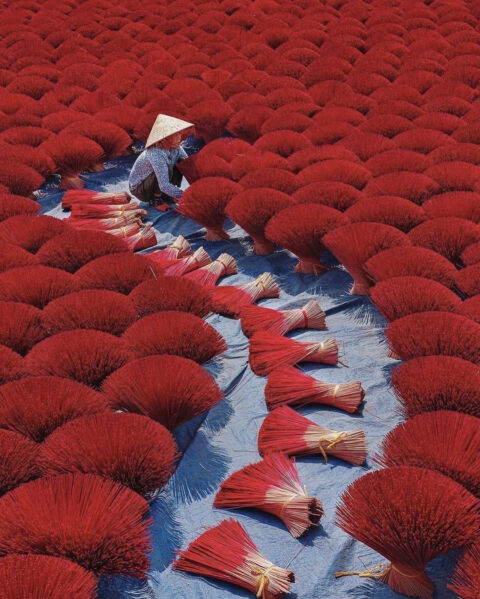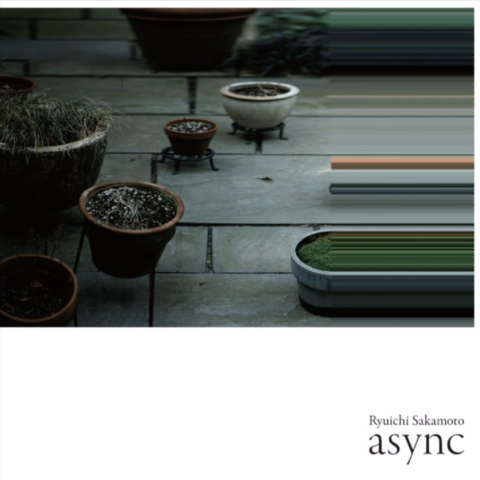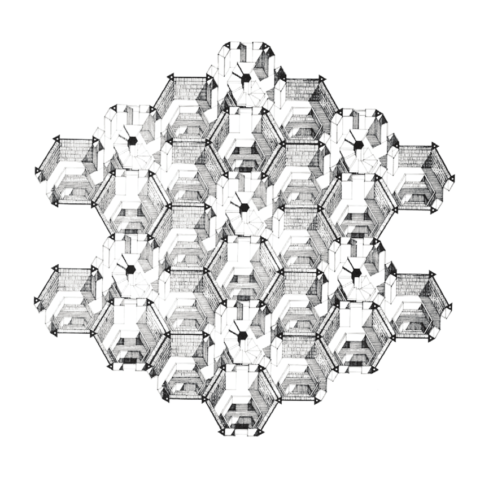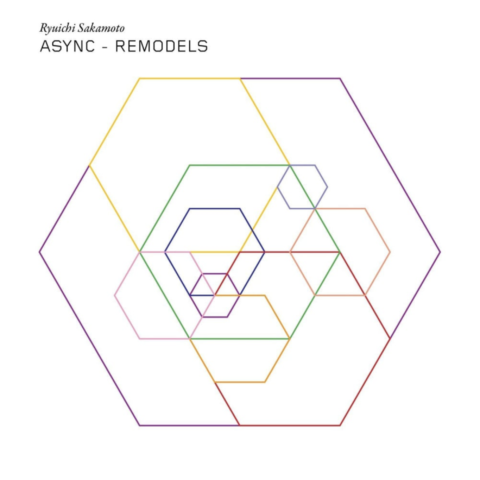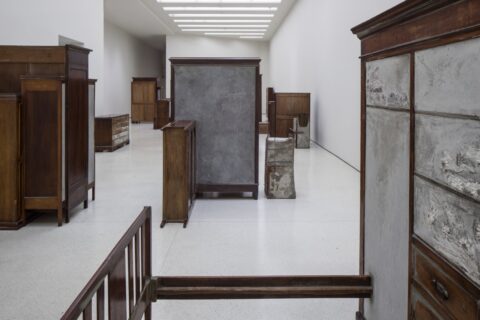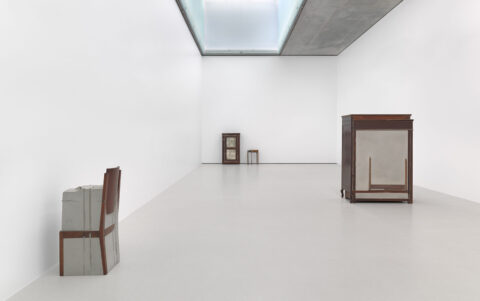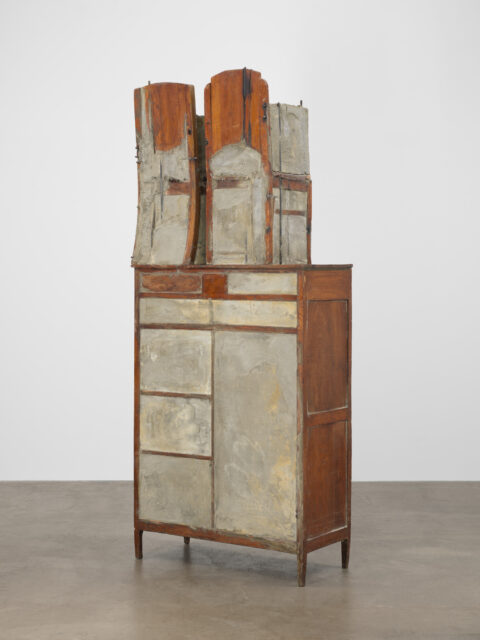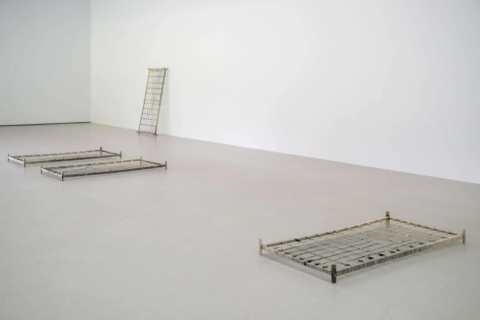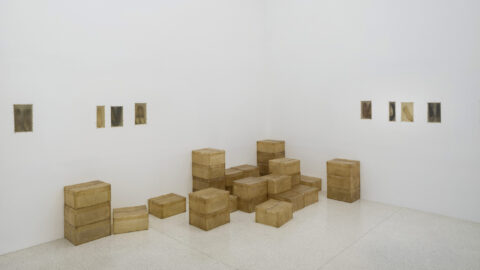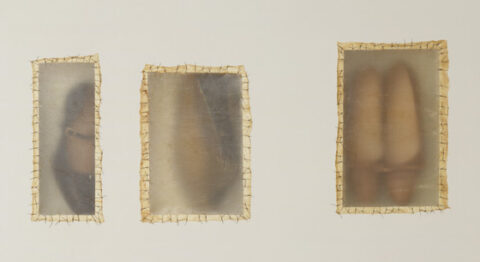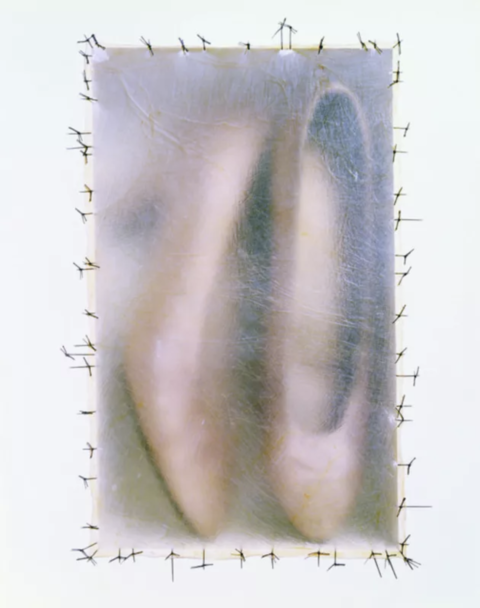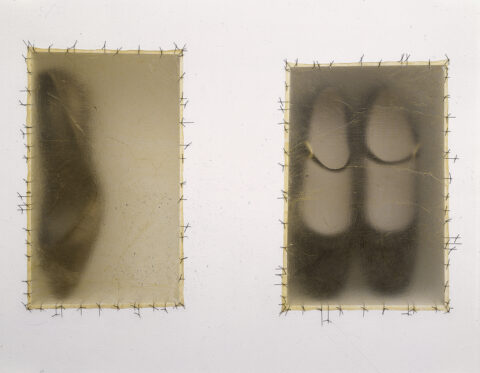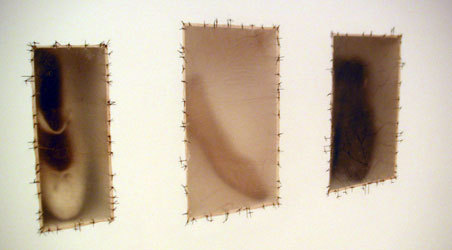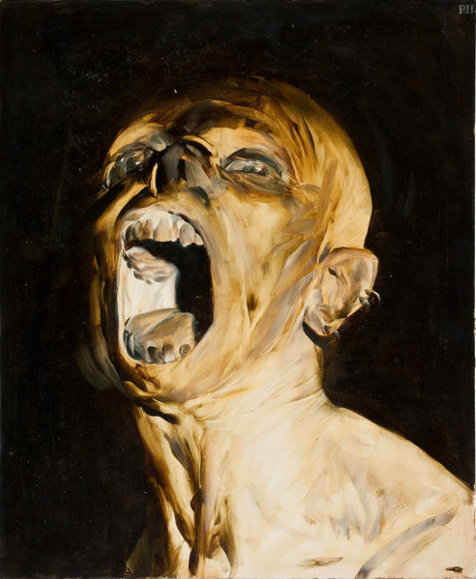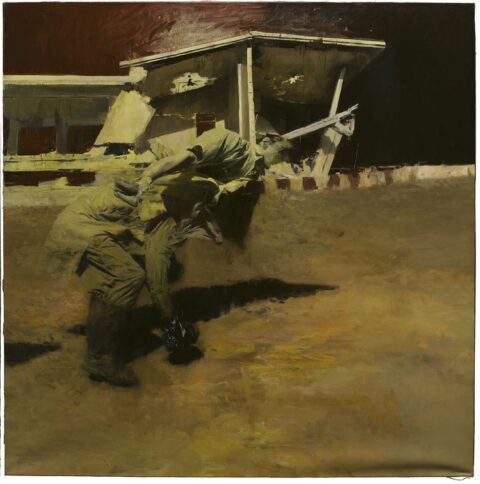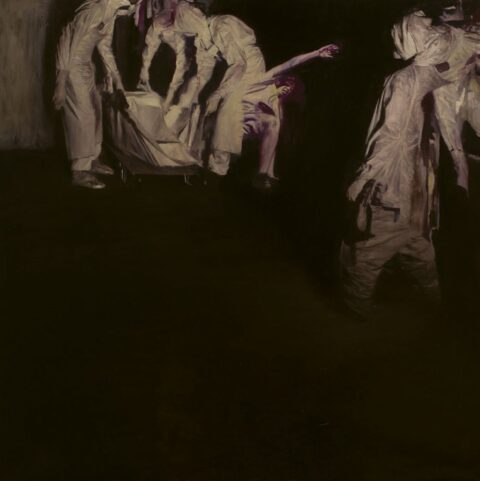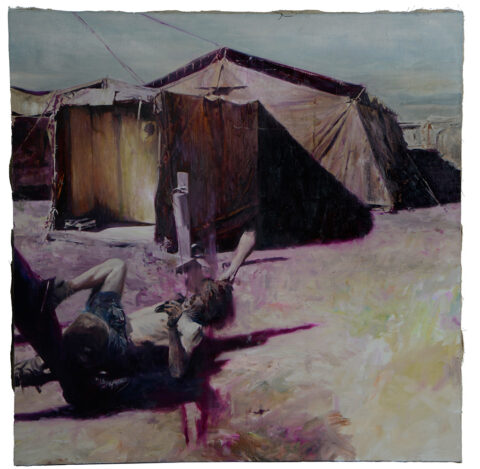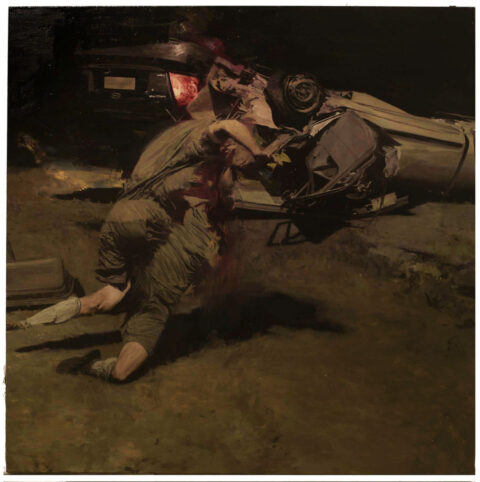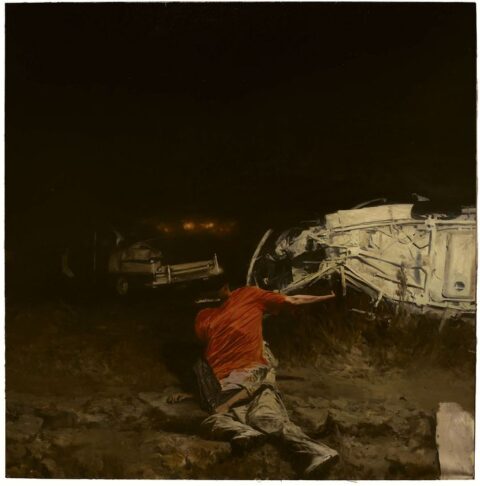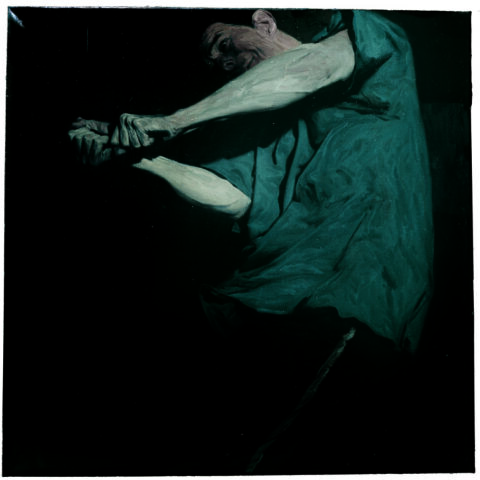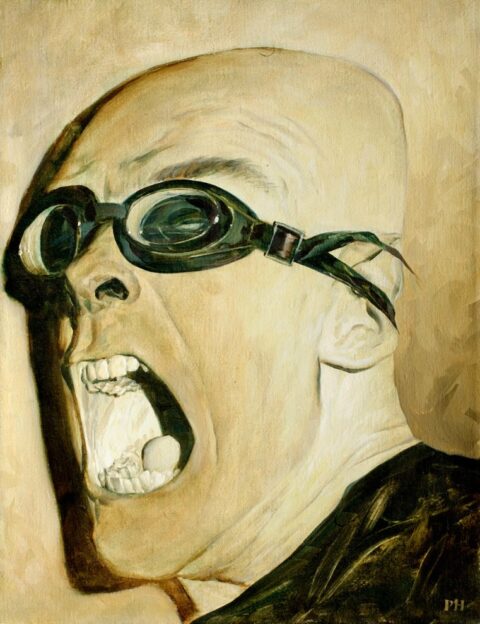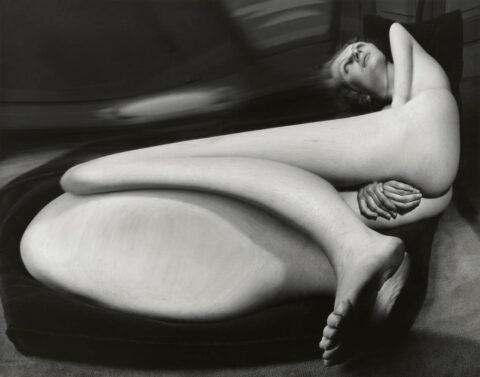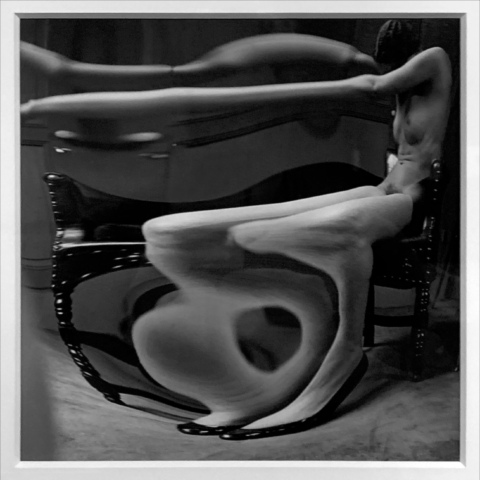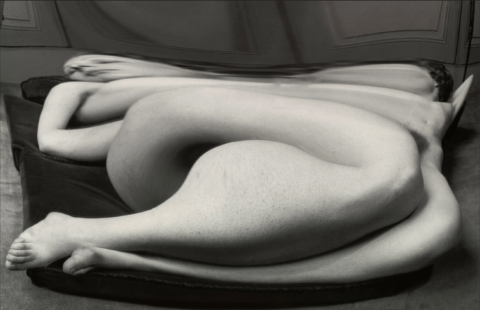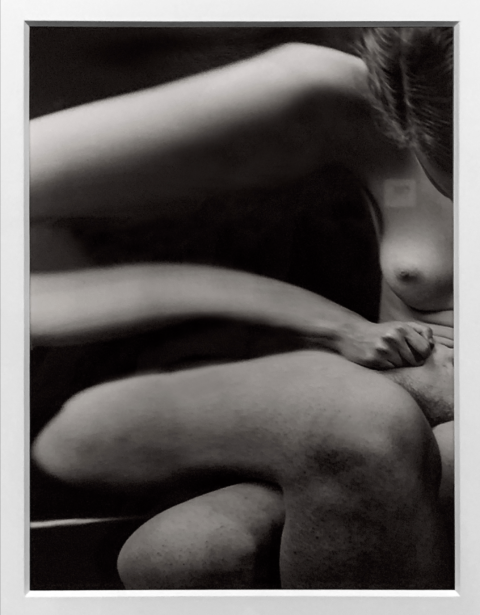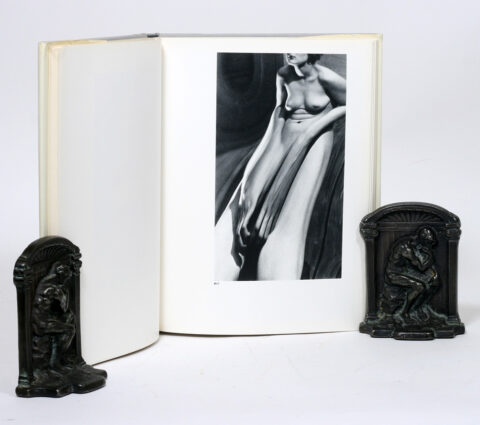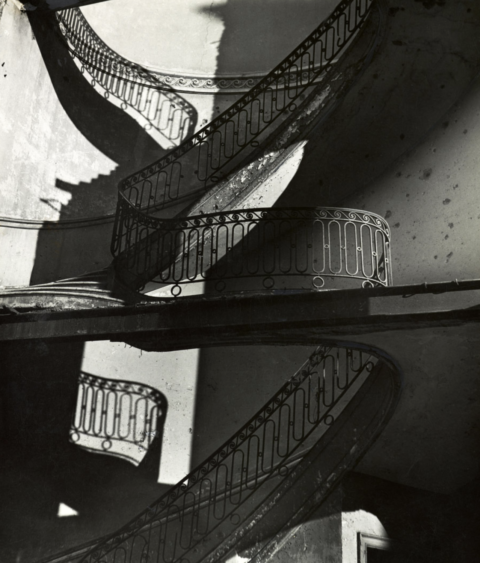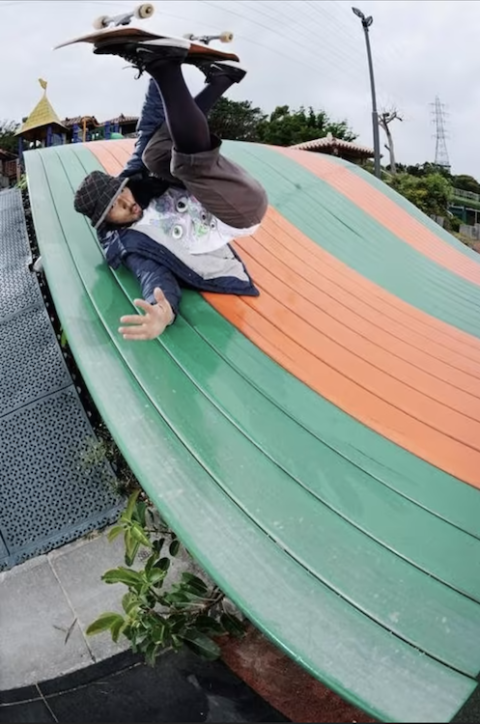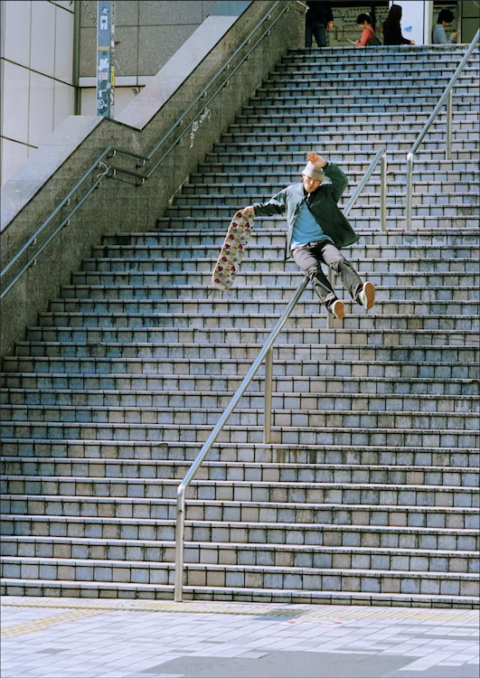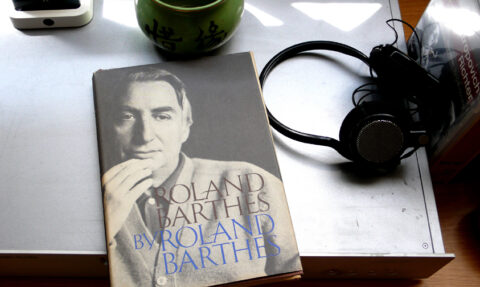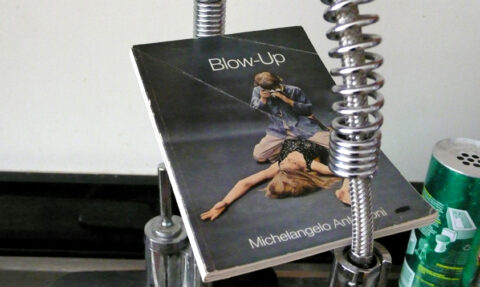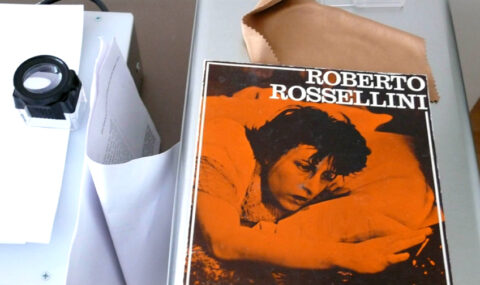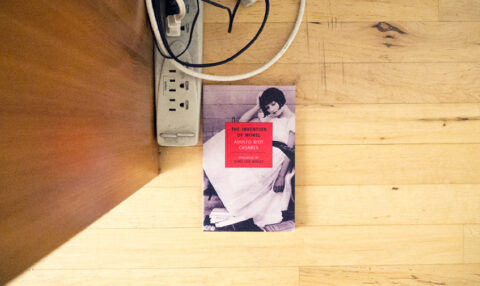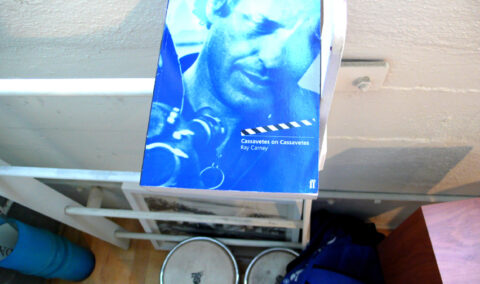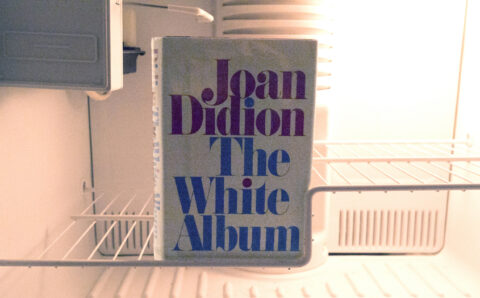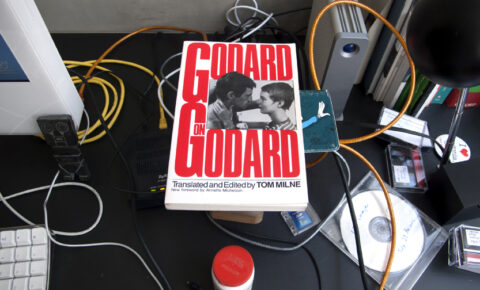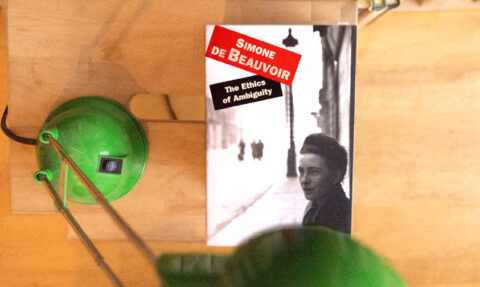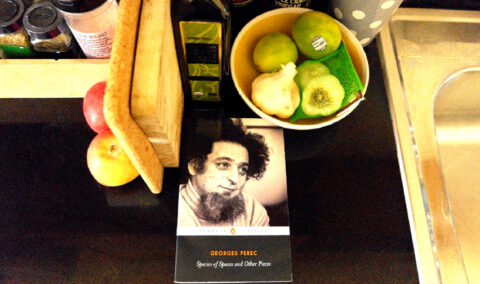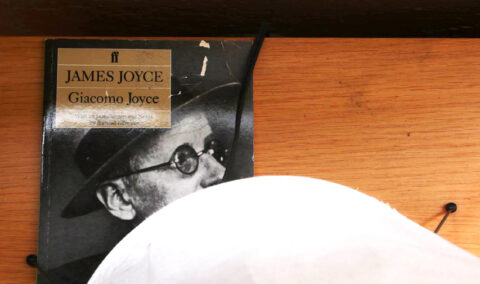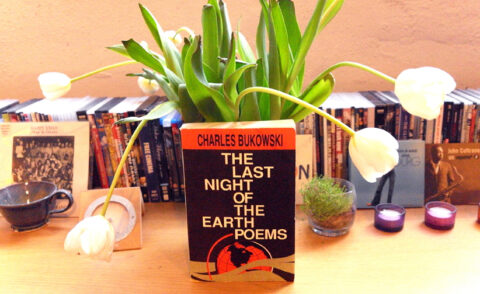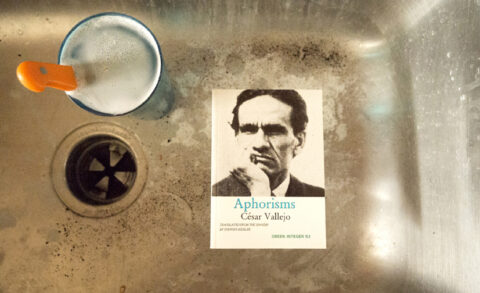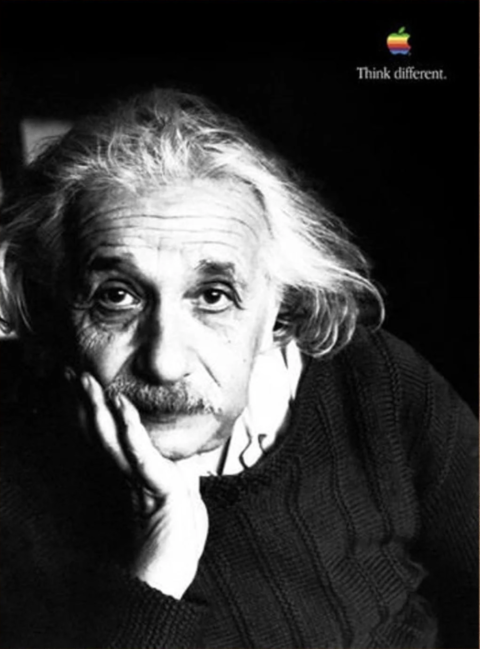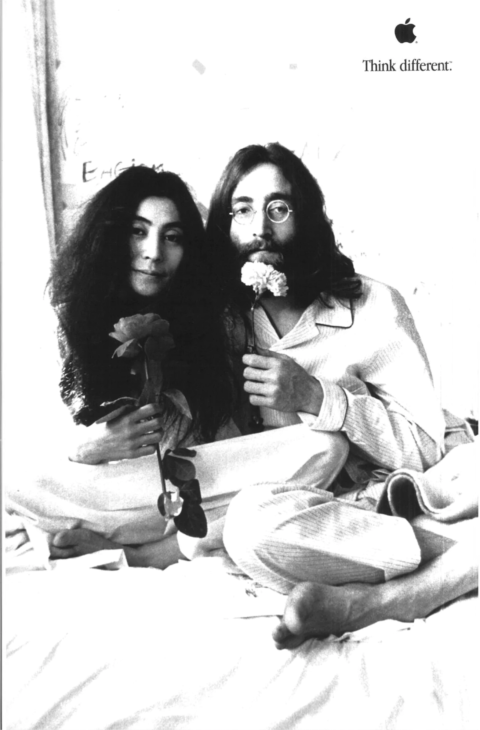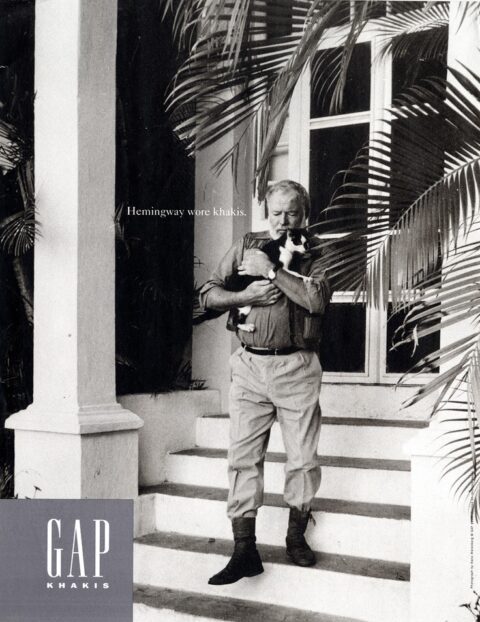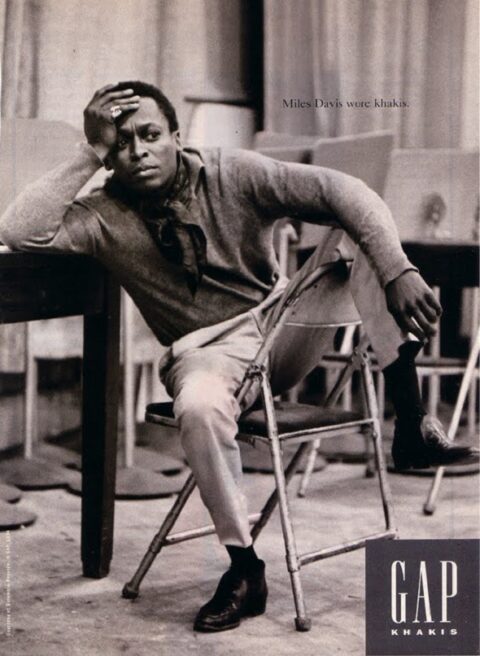last year it was announced that emmanuel guibert had received the prestigious position of head of drawing and etching at the académie des beaux arts. two years prior another cartoonist was also elected to the same post. these two position elections mark the first time in the school’s history that artists from the world of bande-dessinée earned academic leadership positions.
guibert himself behaves rather atypically for a cartoonist, such that his work extends often off of the drafting table, and at times is not present in the bound product. his work is first and foremost reportage. reintroduction and rearragment of historical documents, biographical passages, and journalistic endeavors, to the greater public.
tooling with mark-marking then becomes a gesture in time-appreciation and time-depreciation, as the main bodies of the work (foreground, middle-ground, background, character) each behave with different autonomies. a beachy bank is not substitutable to the soldier warring along it. In the same way that the soldier to his enemy. and yet they are kindred in kind, just like the bank and the soldier are kindred in matter. the problem of representation and depiction in historical/biographical bd is taken head on by guibert in a rhythmic, systematic (bordering just so in an aesthetic) manner.
the relationships between the bodies goes beyond form alone. it all coexists, and yet is appreciable only when it is acknowledged as belonging to different planes.
marjane satrapi opens up the conversation in a wider manner with her seminal work persepolis.
autobiographical, belonging to her child-self, returning to far-away and long-away. the line in satrapi’s work is her hand, it is not representative in that sense – it depicts events. in that way then she is able to go wherever she wishes. she has flattened the dimension of time and space such that they are her’s to recover and pry into freely.
not much more needs to be said here about her work itself. it would be a disservice to the already extensive conversation that has surrounded the comic.
finally we get to tardi. who reaches past guibert’s body of work and satrapi’s persepolis. his work, if we are to continue holding these three together in our arms, neighbors satrapi’s later broderies. As both communicate with the deep past (the past not lived by the author) in an emotional capacity. both authors are trying to assess the past. such that the factual nature of either of their works is structure not content. it braces the emotive potential, the oniric potential of polemical and anecdotal issues, of their works.
tardi, son and grandson of soldiers, bears little resemblance to the patriot of today. for he knows it is person that makes country. it is then country that severs, massacres person. country is not an identity, it is a set of behaviors imposed on person. war happens upon person, not country.
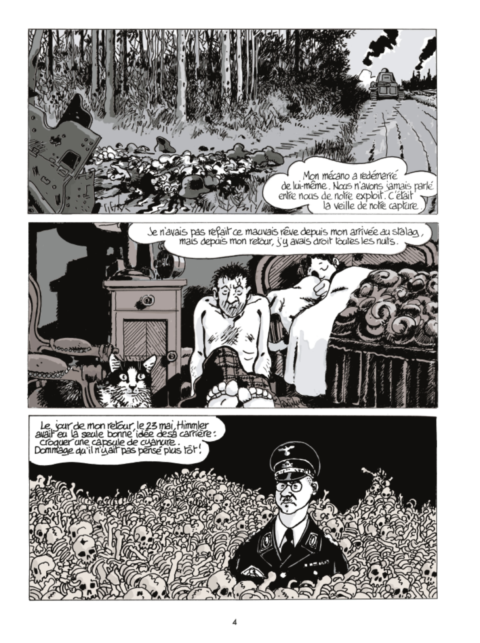
tardi’s line is exquisite in its trustworthiness, it is free to wander with surgical accuracy the depth of human expression. he builds (seemingly from day one) a robust vocabulary of line that continues to serve him throughout his career – changing only to improve and clarify, not to reinvent. in that steadfast manner, tardi opens himself up in a way that an american might understand lynchian routine. do the same thing, eat the same food, appreciate the same landscapes, everyday – dream then, whole and free. ultimately tardi is the progenitor of sturdy lines out which limits seldom cross the reader’s mind.
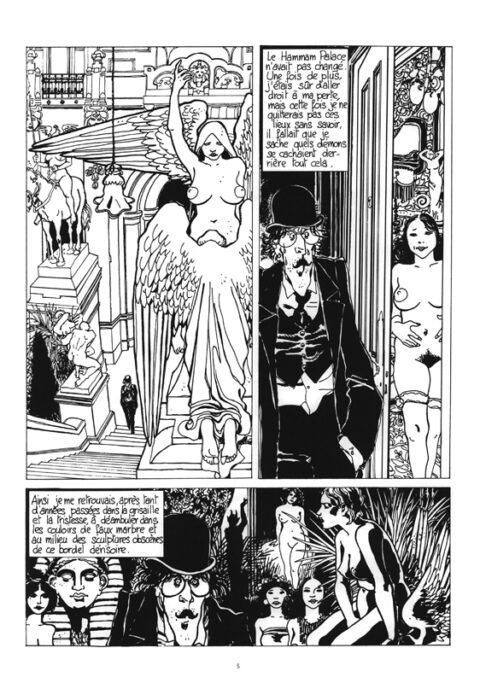
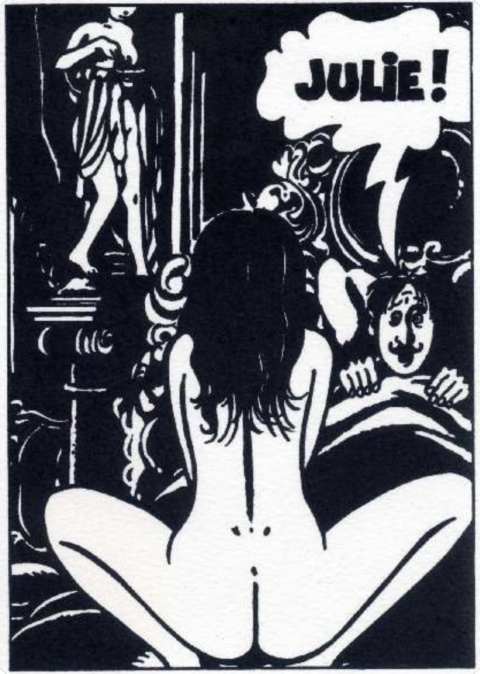
each of these artists, i want to make clear here, operate with comparable sturdiness. the matter does not change between either. they are cut from the same cloth and it is a wonder that their sensibilities are so closely tender, for as reader it is the great gift of opening any of their books.
they are cut from the same cloth and it is a wonder that their sensibilities are so closely tender, for as reader it is the great gift of opening any of their books. by lsd
 a visual collective outlet of inspiration
a visual collective outlet of inspiration